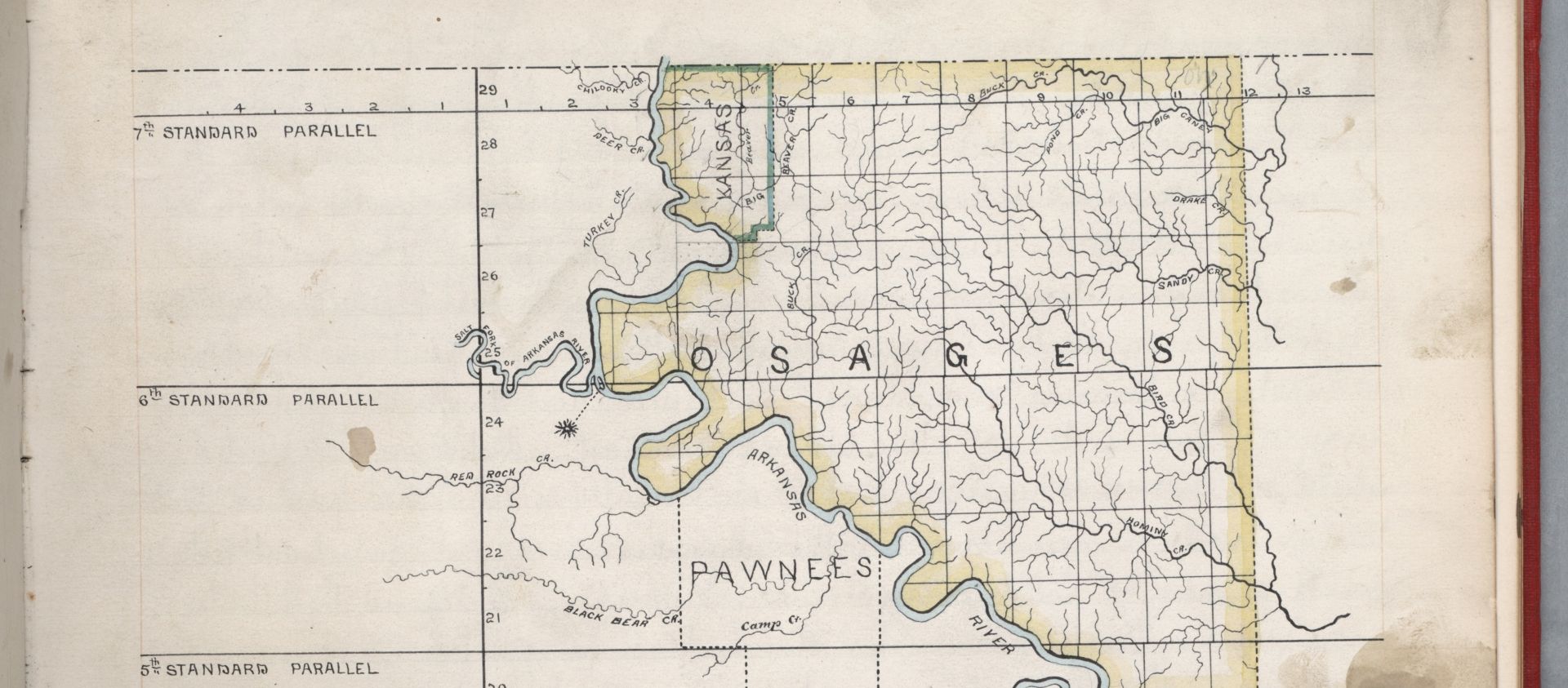
ABOUT OMC
Before 1907, the Osage Nation Reservation was under tribal ownership as no individual allotments had been made until that year. In 1906, the “Allotment Act” established a unique trust system that forced the Osage Nation Reservation surface lands to be allotted to 2,220 individual Osages receiving 657 acres of land, reserving the ownership of the subsurface Osage Mineral Estate to the Osage Nation, and directed the Secretary of the Interior to create a list, or roll, of all Osage persons living at the time who would receive the proceeds from oil, gas, and other minerals production from the Osage Minerals Estate.
By 1920, the market for oil had grown dramatically and brought extraordinary wealth to the Osage people. Believing the Osage people would not be able to manage their new wealth; the United States Congress passed a law in 1921 that required the courts to appoint guardians for each Osage of half-blood or more, who would manage their royalties and financial affairs until they demonstrated “competency.” Under the system, even minors with less than half-Osage blood had to have guardians appointed, regardless of whether the minors had living parents. The court-appointed guardians from local white lawyers or businessmen. Between 1920 and 1925, a time known by many as the “Osage Reign of Terror” or the “Osage Murders” occurred. During this time, Osages were murdered by non-Osages in order to receive or inherit their headrights. The effects of this violent era are portrayed in “Killers of the Flower Moon” and are still felt today.
From 1906 to 1978, the Secretary of the Interior permitted non-Osages to inherit headrights. In 1978, the United States Congress prohibited non-Osages from inheriting more than a headright life estate. In 1984, the U.S. Congress again created a tired system by which non-Osages may devise their headrights outside of probate - a system that headright holders must follow to alienate their headright. The 1984 Act not only provided that a non-Osage headright holder may not sell, assign, or transfer their Osage headright without the approval of the Secretary of the Interior, it then stated any sale or transfer of the headright must comply with a tired purchaser preference. The 1984 Act created a first right of purchase for certain heirs of the first Oage Indian to have acquired such headright under an allotment pursuant to the 1906 Osage Allotment Act, so long as the heirs are living and Osage Indians; the second right of purchase belongs to “any other Osage Indian for the benefit of any Osage Indian in his or her individual capacity”; and third right of purchase belongs to the “Osage Tribal Council on behalf for the Osage Tribe of Indians.
On November 22, 2021, the Osage Minerals Council (OMC) unanimously voted to seek federal legislation to permit non-Osages who own a “headright” interest in the Osage Mineral Estate to gift or sell that headright interest back to the OMC, the Osage Nation, or Osage individuals. Today, approximately 26 percent of all headrights are owned by non-Osage individuals, churches, universities, and other non-Osage institutions, who can freely bequeath such interests to any person or entity the non-Osage chooses. Some non-Osage institutions have expressed an interest in gifting their Osage headright ownership back to the Osage Minerals Council, but federal law prohibits such gifts, requiring non-Osages to sell in accordance with a tiered purchasing system.
The amount of money from the Osage Minerals Estate that has gone to non-Osages is known only by the Bureau of Indian Affairs and continues to this day.

